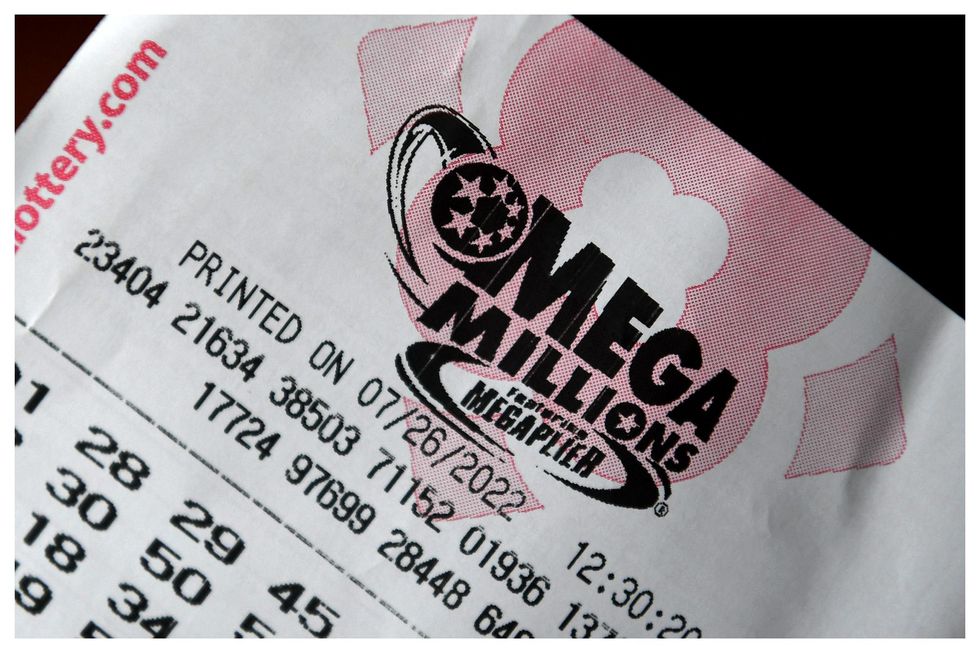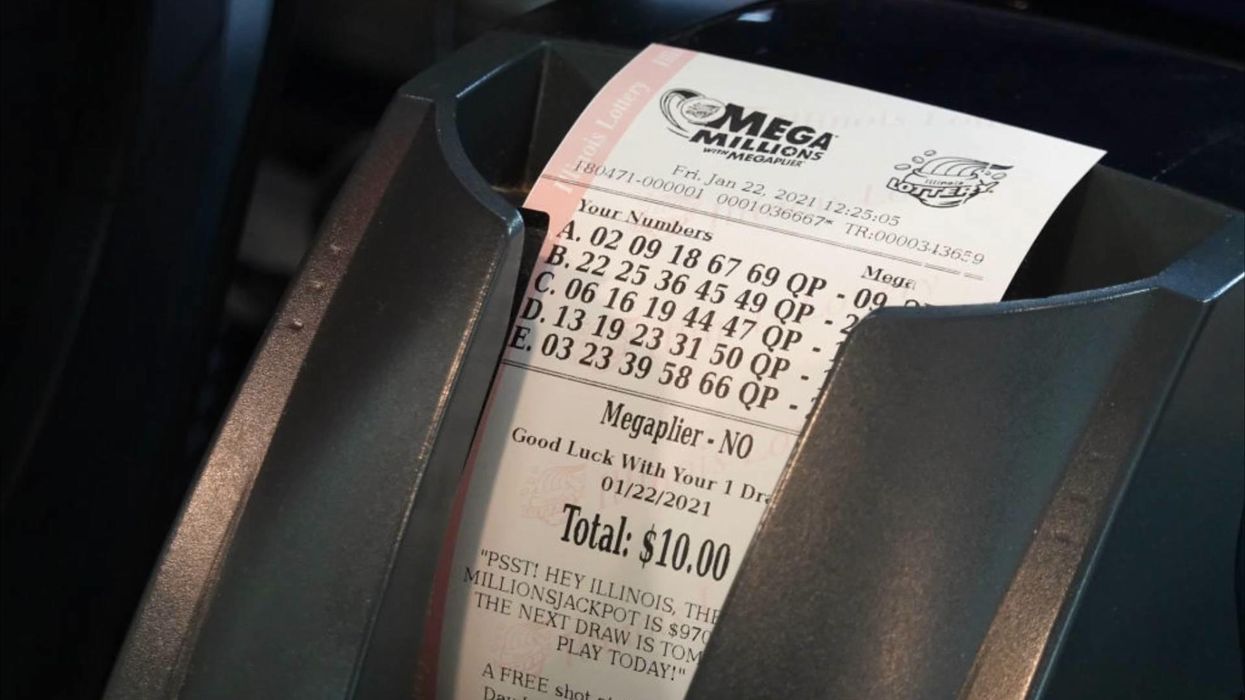The Mega Millions jackpot has risen to $1.02bn after no ticket matched all six winning numbers in Tuesday night's drawing.
Now, many people who rarely play the game are considering spending $2, or joining an office pool, in the hope of a significant payoff.
Sure, it's easy to purchase a ticket, but it is equally as easy to be bewildered about the odds, how the prizes are set, and how the winnings will be paid out.
So what are your chances of winning?
As the jackpot prize increases, the chances of winning remain the same, at one in 302.5 million, regardless of the amount.
But obviously if you buy more tickets, you increase your odds of winning. But only slightly.
Also, $1.02bn is for the annuity option, which will be paid annually over 29 years.
The cash option would pay a mere $602.5m.
Sign upfor our free Indy100 weekly newsletter

Many jackpot winners do decide to opt for cash but receiving your winnings through an annuity, with 30 payments over 29 years, can also help people slightly reduce their tax burden.
If winners die before receiving all their earnings, the future payments go to their estate.
Since 2016, players have won 40 Mega Millions jackpots, with the lucky few scattered through 22 states.
There have been more winners in states with larger populations due to there being more players.
The state with the most Mega Millions jackpot winners was California, with six fortunate players.
The runner-up is New York with five winners, followed by four in New Jersey and three in Illinois.
Texas had two, and Florida had one.
The lottery game is managed by 45 state lotteries and game officials in Washington, DC, and the US Virgin Islands.
A group of lotteries representatives also meets twice a week to decide on the estimated jackpots.
Have your say in our news democracy. Click the upvote icon at the top of the page to help raise this article through the indy100 rankings.














